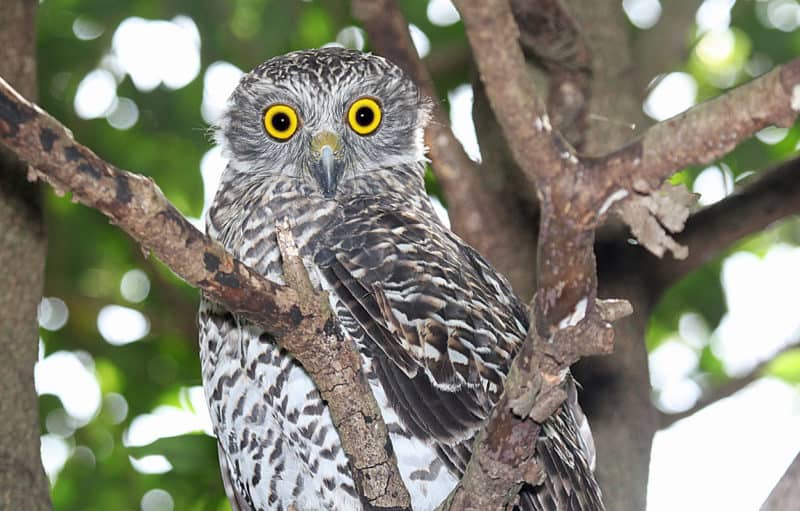MEDIA RELEASE 18 February 2021 |
Newly released economic modelling highlights the value of investing in new parks in regional Victoria’s central west. The release marks the one-year anniversary of the legal deadline (1) the Andrews Government’s missed to make a decision on new parks.
An independent economic assessment of new central west parks released today, shows investing in new national parks for Victoria’s central west will return between four times to double the economic return on investment.
Undertaken by Sayer’s Advisory, an independent economic consultancy and commissioned by the Victorian National Parks Association, the report assessed the costs and benefits of adding almost 60,000 hectares of expert-recommended new national parks and conservation areas, and almost 20,000 hectares of regional park in the central west, a close distance to Metropolitan Melbourne.
The three scenarios assessed all resulted in a net economic gain, with the cost benefits ranging between 4.8:1 to 2.31, that is for every $1 invested there is a potential return of $4.80 – $2.30 at the societal level.
“These new parks will protect wildlife, create economic opportunities, facilitate joint management with Traditional Owners in regional Victoria and accelerate the post-covid recovery” said Matt Ruchel, Executive Director of the Victorian National Parks Association.
“The timing couldn’t be more fortuitous, with Victorians unable to travel as easily outside of state borders, now spending more time exploring our natural and cultural heritage so plentiful in our own back yard,” said Matt.
Recent polling of Victorians demonstrated widespread support for new national parks and nature protection (2) “It’s what Victorians want, its good for the environment and it make’s economic sense – now we just need a decision.”
“This week marks 12 months past the Andrews Government legal deadline in parliament to respond to the independent report recommending new national parks. After more than three years work the report is still gathering dust, and seemingly fallen in a hole inside the Andrews government”.
“The Andrew’s Government has not created any large additions to our parks estate in its past two terms of government. This ticks all the boxes, environment, social and economic for ‘Parks Sake’ create new parks for Victoria” added Matt.
“In addition to making good economic sense, new national parks in the central west would protect wildlife havens, where important populations of threatened species find refuge, such as the greater glider in the Wombat Forest, the most recently listed endangered species – the Mount Cole Grevillea, and recent detections of powerful owl at Mount Cole, along with the other 370 other threatened species across the central west area.”
The New Central Parks West Economic Assessment Report undertook a finer scale economic analysis at the costs of implementation against three scenarios. The preferred scenarios incorporated, Indigenous Joint Management, upgrade of camp grounds and popular walking tracks, new rangers, parks planning, and an enhanced ecological management program including pests and threatened species. The recommended model implements the greatest number of final park recommendations, including Indigenous Joint Management and enhanced ecological management of the areas proposed as new parks and reserves.
“It is a great opportunity to build and deliver both social as well as conservation outcomes, and is in line with the long awaited delivery of the full recommendations of the Victorian Environmental Assessment Council (VEAC) final report”, said Matt.
The preferred or optimised model requires an initial investment of around $16.8 million and on-going funding of around $5.1 million (total $68.7 million Present Value over 30 years, + discounting). Even with higher investment model it still has a benefit cost ratio of 2.3:1, that is for every $1 invested there is a potential return of $2.30 at the societal level, but with greater social and environmental returns.
Media Resources:
Notes:
(1) Legal Timelines
- After the Final VEAC report was tabled in Victorian Parliament on 15 August 2019, the government had six months to respond under the legislated timeline in the Victorian Environmental Assessment Council Act 2001. This response date was due in the last sitting week of February 2020, before the COVID-19 outbreak in Australia. The entire process has been running for almost four years, with 3000 community submissions, a series of major reports and over 450 pages of documentation. This week marks the 12 months overdue decision.
- It recommended the permanent protection of around 60,000 hectares of native forests in national park and conservation reserves and further 20,000 ha in regional parks. These include areas in the Wombat Forest (near Daylesford), Wellsford Forest (near Bendigo), Pyrenees Ranges Forest (near Avoca), and Mount Cole Forest (west of Ballarat, near Beaufort). See briefer here.
- The Public Accounts and Estimates Committee’s Inquiry into the Victorian Government’s Response to the COVID-19 Pandemic released in early August 2020 “the Government’s response to recommendations of the VEAC Central West Investigation were due by late February 2020”, and “ and the timeframe for finalising the response would be confirmed” (page 169).
- In November 2020, the Environment Minister Lily D’Ambrosio, stated publicly that a decision would be made before Christmas 2020, but this didn’t happen.
(2) Public Opinion: An opinion poll of 1,009 Melburnians, undertaken in October 2019, showed new parks were popular with nature starved Melburnians with Four in five (81%) Melburnians support the proposals to expand national parks in Victoria around Daylesford, Woodend, Bendigo and Ballarat. See the polling results here.
